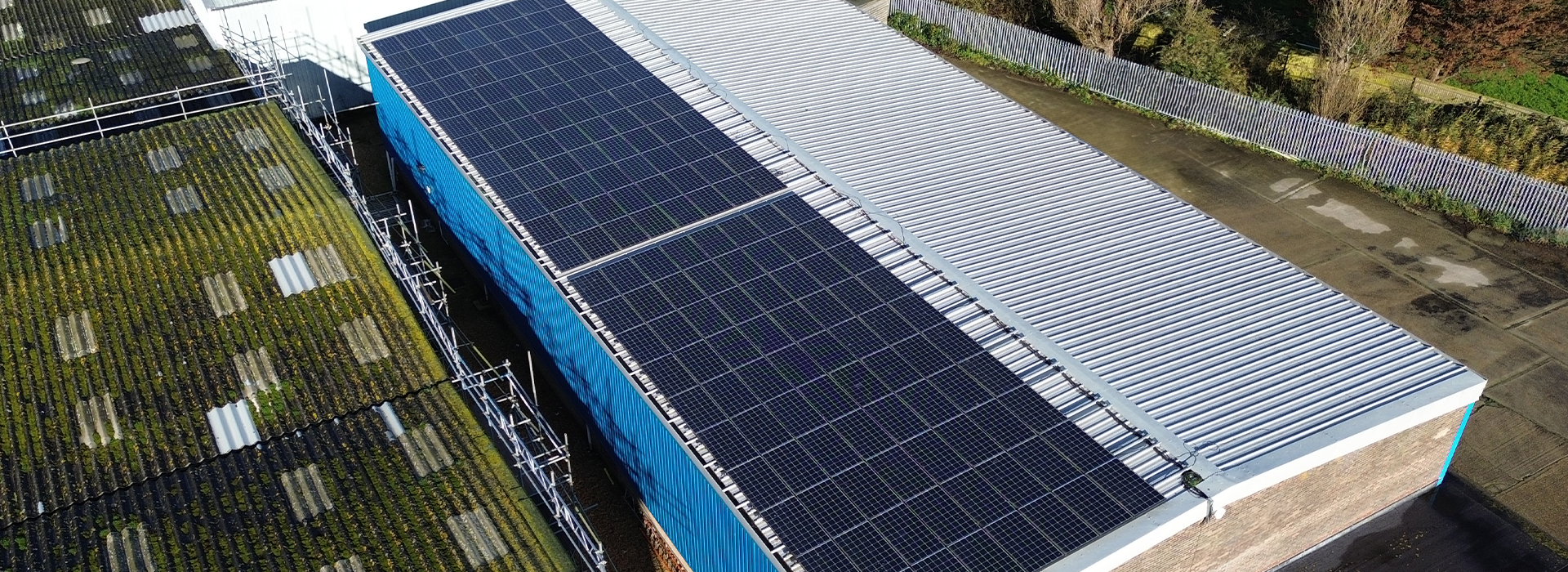When it comes to ensuring safety on construction sites or at elevated work areas, fall protection is a critical aspect that cannot be overlooked. In the UK, various types of fall protection guardrails are available, each designed to cater to different needs and site conditions. Selecting the right guardrail system for your project or property is essential to ensure both compliance with safety regulations and the protection of workers. In this blog post, we’ll explore the different types of fall protection guardrails in the UK and provide insights into how to choose the best one for your needs.
Types of Fall Protection Guardrails
Temporary Guardrails
Temporary guardrails are often used in construction and other short-term projects where the need for fall protection is only for the duration of the project. These guardrails are designed to be quickly assembled and disassembled, making them a flexible option for sites where work is frequently moving or where different sections of the site need protection at different times.
- Pros:
- Easy to install and remove.
- Cost-effective for short-term use.
- Can be reused on different projects.
- Cons:
- May not provide the same level of durability as permanent systems.
- Requires storage space when not in use.
Permanent Guardrails
Permanent guardrails are installed as a long-term solution and are typically used on rooftops, along the edges of elevated walkways, or in industrial settings where fall hazards are a constant concern. These guardrails are often made from durable materials like steel or aluminium, designed to withstand harsh weather conditions and heavy use over time.
- Pros:
- Long-lasting and durable.
- Minimal maintenance required after installation.
- Provides consistent protection.
- Cons:
- Higher upfront cost.
- Installation may be more complex and time-consuming.
- Not easily removed or relocated.
Free-Standing Guardrails
Free-standing guardrails do not require penetration into the surface where they are installed. Instead, they rely on counterweights to remain stable. These systems are ideal for situations where the integrity of the roofing material or surface cannot be compromised.
- Pros:
- No need for drilling or penetrating the surface.
- Quick to install and remove.
- Can be used on surfaces where permanent guardrails are not feasible.
- Cons:
- May be less stable than fixed guardrails in certain conditions.
- Requires careful placement to ensure stability.
Collapsible Guardrails
Collapsible guardrails, also known as fold-down guardrails, are designed to be lowered when not in use. This feature makes them particularly useful in situations where aesthetic considerations are important, such as on the rooftops of buildings with visible rooflines.
- Pros:
- Can be hidden from view when not needed.
- Provides the flexibility of a permanent solution with the aesthetic benefit of temporary options.
- Cons:
- More complex mechanism may require regular maintenance.
- Generally more expensive than standard guardrails.
Modular Guardrails
Modular guardrails are pre-engineered systems made from interchangeable components. These systems are highly adaptable and can be configured to fit a wide variety of site conditions. They are often used in industrial settings or on rooftops where customised solutions are needed.
- Pros:
- Highly adaptable to different site layouts.
- Can be expanded or reconfigured as needs change.
- Easy to transport and install.
- Cons:
- Initial setup may be complex.
- Potentially higher cost due to customisation.
Choosing the Right Guardrail System for Your Project
Selecting the best fall protection guardrail system for your project or property depends on several factors:
Duration of the Project: For short-term projects, temporary or modular guardrails may be the most cost-effective and practical choice. For long-term installations, permanent guardrails offer better durability and ongoing protection.
Surface Considerations: If drilling into the surface is not an option, free-standing or collapsible guardrails are ideal. Consider the condition and material of the surface where the guardrails will be installed.
Aesthetics: For buildings where appearance is a concern, collapsible guardrails that can be hidden when not in use are an excellent choice.
Budget: While permanent and collapsible guardrails may have higher upfront costs, they often provide better long-term value due to their durability and low maintenance. Temporary and modular systems may be more budget-friendly in the short term.
Compliance and Standards: Ensure that the guardrail system you choose complies with UK safety regulations, including the Work at Height Regulations 2005, which set out requirements for preventing falls from height.
Conclusion
Choosing the right fall protection guardrail system is crucial for ensuring the safety of workers and the public on your site. By considering the type of project, surface conditions, aesthetic needs, budget, and regulatory requirements, you can select a guardrail system that provides the best balance of safety, durability, and cost-effectiveness. Whether you need a temporary solution for a construction project or a permanent installation for an industrial site, understanding the different options available will help you make an informed decision that enhances safety and compliance on your property.



